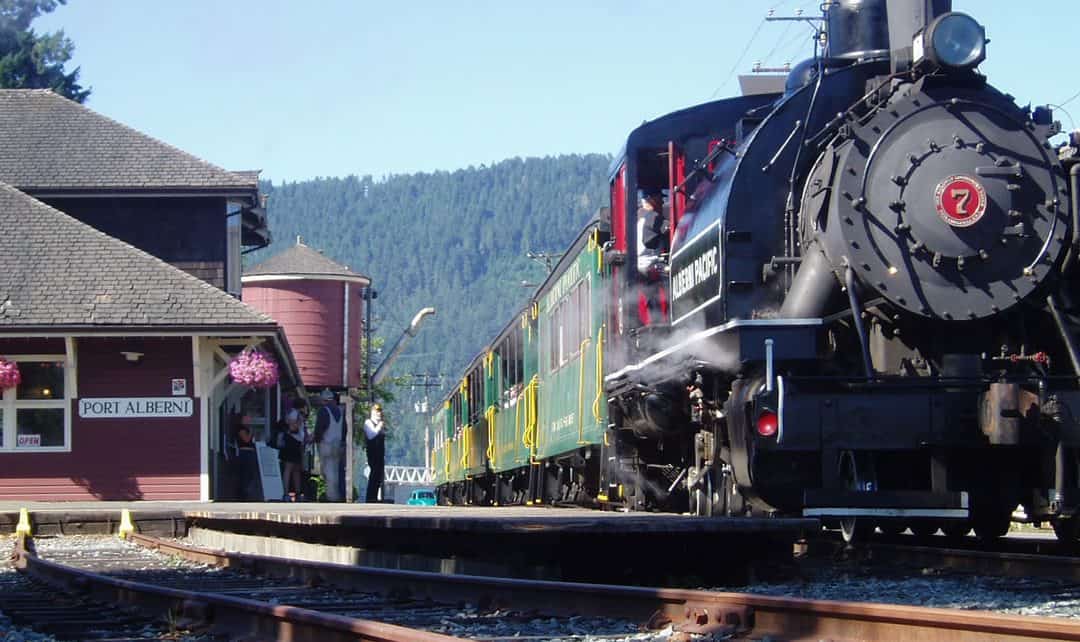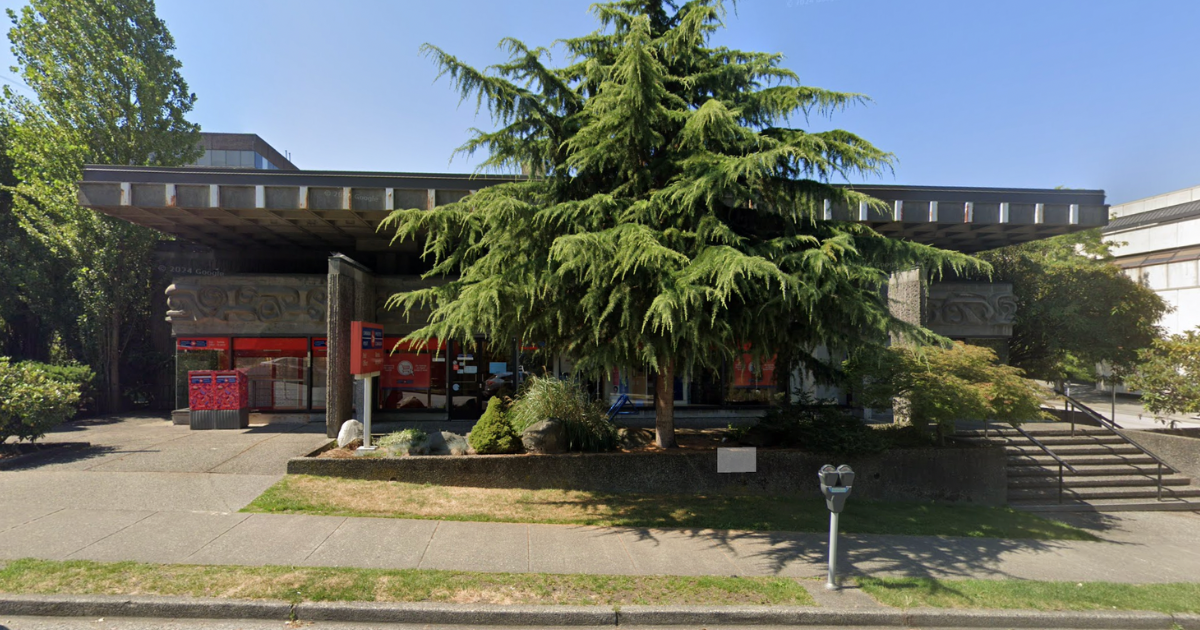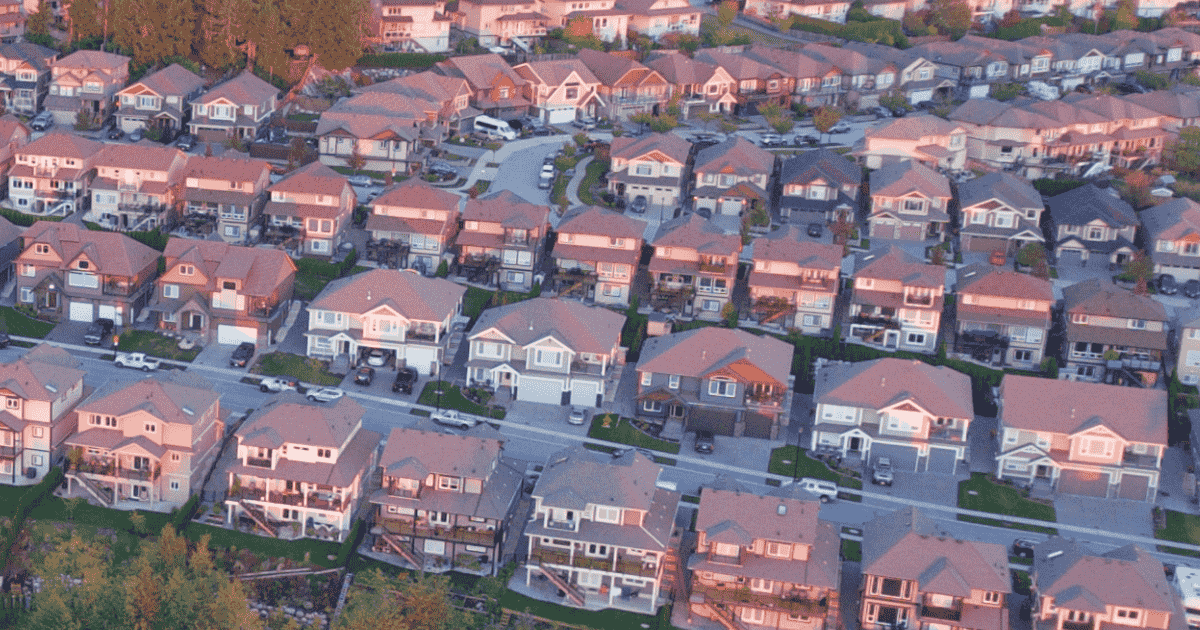MoneySense, a personal finance magazine, recently ranked Vancouver Island’s Port Alberni as the worst place to live in Canada. The magazine ranked the town last or near-last for liveability out of more than 200 communities. But that hasn’t stopped buyers from moving to the city and local Realtors believe that shrewd shoppers are discovering the town makes a lot of money sense.
Re/Max Mid-Island Realty sales rep Lance Engstrom, who grew up in Port Alberni, says “We are the best-kept secret on the Island.”
The town once had a bad rap because it, like other forest industry towns with a pulp mill, had a lingering rotten egg smell. That ended years ago, says Engstrom, who left to go to university and work in Victoria but then returned 22 years ago. He felt that no other place could offer what Port Alberni could – a comfortable and affordable home, infrastructure for family, a sense of community and great recreational facilities. Since then, he has helped more than 1,100 buyers find homes in Port Alberni.
Retirees and families are snapping up deals like family homes for $225,000, downtown building lots for $50,000 and three-bedroom houses on one to two acre lots outside town for $250,000 to $350,000, Engstrom says. The area enjoys a load of amenities the forest industry dollars have brought to the city over decades of taxation.
“I don’t think you can find another city that is our size that has the facilities that we do,” says broker and manager Gary Gray of Royal LePage Port Alberni – Pacific Rim Realty. “We have first-class recreational facilities, a new hospital, North Island College and great outdoors activities.”
Facilities in town include an aquatic centre (a new one is being planned), a dedicated seniors activity centre, a library, a museum, a youth soccer clubhouse, a gymnastics club house, a curling facility, an athletics hall, an ice arena, an all-weather track, numerous playing fields and a stadium, a live theatre building and a casino.
The town has banks and a credit union, five major food stores including a Walmart, brand name outlets such as Canadian Tire, assorted fast food outlets and a barrage of boutiques, seafood restaurants and craft stores.
Port Alberni has a number of festivals such as a regatta at nearby Sproat Lake (where homes can hit the $1 million to $2 million mark), the Black Powder shooting club, a Jane Austin festival, a Salmon Festival and the Thunder in the Valley drag race that occurs in the summer. The town also has a steam locomotive; a tourism attraction that runs to McLean Mill, Canada’s only operating steam-powered mill and a national historic site.

A rendering of the new $58 million high school opened in Port Alberni, the town that MoneySense Magazine rates as the worst place to live in Canada. (Photo courtesy of the Province of British Columbia)
“We think there is some information they (MoneySense) may have gotten wrong,” says Mike Ruttan, mayor of Port Alberni and retired high school principal who helped with facilitation of the town’s new $58 million Alberni District Senior Secondary School. The school – capable of handling 1,300 students – features a 500-seat theatre, two gymnasiums, a fitness room, a dance studio, artificial turf field and a First Nations gathering space plus a youth health clinic. It offers academic as well as skills training options and is located next door to the North Island College for easy transfer for students.
Ruttan is puzzled by how the magazine reported the town has only 56 days of weather over 24 degrees C.
“People who live here know we can be one of the warmest places in Canada in summer,” he says. The temperatures are warm enough to support two vineyards and wineries and the area’s agriculture community, where three farmers’ markets contribute to the city’s low cost of living.
The city, Ruttan says, is fortunate to have good infrastructure such as a water system, wide streets and health care facilities.
“There is a reason for that,” he says, alluding to the tax dollars that were brought into the city coffers by the forest industry. While it has declined from the major force it once was, forest industry dollars still help ease the tax burden on residents. The town is now attempting to further diversify its tax base, including serving as a base for a new air ambulance service.
Because of the slimmed down forest industry, there is good housing stock for buyers moving to the area from throughout B.C., the Prairie provinces and other parts of Canada.
Ruttan says the town has launched an active campaign to draw seniors. Retirees arriving from throughout B.C. and outside the province find they can sell the family home, find a comparable home in Port Alberni and have funds left over to bank and enjoy. New retirement condos are going up in town.
Carolyn Sheare, managing broker at Re/Max Mid-Island Realty, moved from Ucluelet on the west coast to Port Alberni because the educational facilities better suited her family. She agrees that retirees are drawn to Port Alberni because of low house prices and lifestyle opportunities.
“There is a huge variety of (single family) homes available and you can get into a nice home in the low $200,000s – lower than that if you are willing to put in some sweat equity.”
Two towns were joined together in 1967, with the older section of Port Alberni containing areas such as China Creek, which has traditional houses reflecting its early 20th century roots. The newer portion is where subdivisions co-exist with malls. The surrounding area offers acreage homes, and 10 km from town is Sproat Lake, a lake much like those in B.C.’s Okanagan, which has drawn professionals building multi-million homes. Less expensive building lots also exist.

Families are snapping up deals like family homes for $225,000, downtown building lots for $50,000 and three-bedroom houses on one to two acre lots outside town for $250,000 to $350,000. (Photo by Jean Sorensen)
Gray, who was born and raised in Port Alberni and is a past president of the Vancouver Island Real Estate Board, says one trend he sees is that tradespersons who work out of town in northern B.C. or in Alberta’s oil field are leaving their families in an affordable town with a full range of amenities and commute back and forth to work. Condos can start at as low as $127,000 and smaller homes as low as $155,000.
Port Alberni has a small air commuter service to Vancouver, but nearby airports such as Nanaimo have larger airports. BC Ferries also provides service between Nanaimo and Vancouver. There is also the advantage of living a short commute to two nearby beach communities without paying the higher priced housing.
“The retirees are really attracted to the environment,” Gray says. Not only is housing affordable, but Port Alberni’s plethora of established recreational facilities are a boon. The town also features a deep sea port (Alberni Inlet) and marina for avid boaters and anglers. It’s close to three provincial parks and offers more than 100 miles of hiking trails.
Denis Sauve, councillor and a retired career RCMP officer, disputes figures that Port Alberni has a high crime rate. Sauve, who policed in the city before retiring, says, “My experience is that we are no different from any other community. Everyone has issues with drugs and issues with alcohol – that is part of life.”
He is sceptical of crime statistics as it is widely recognized that police forces may report statistics on crime differently, he says.
Port Alberni has a strong sense of volunteerism and a number of community crime prevention programs such as a citizen’s patrols. “’I don’t think anyone feels unsafe on the street here,” he says, adding that the crime statistics “do not paint the right picture of the community.”
Sauve has extensive experience in risk assessment. He led a year-long project with a special task force assembled in the wake of the 9/11 terrorist attacks to assess potential threats to Canada and was selected as the non-commissioned officer in charge of the Canadian Anti-Fraud Centre’s Analytical Team based in Ottawa.
When the RCMP asked him where he wanted his last posting, Sauve opted to stay in Port Alberni. He hasn’t changed his mind since that day.
“We are really a hidden gem,” he says.
Jean Sorensen is a contributing writer for REM.
















